Reverse sneezing in dogs
Inflammatory airway disorders were present in 57% of the cases
Reverse sneezing (RS) is a frequent reason for veterinary consultation, but there is scarce clinical information. The aim of this study was to describe clinical characteristics in a cohort of 30 dogs with RS.
Clinicians retrospectively evaluated signalment, clinical features, results of diagnostic tests, final diagnosis and evolution. Sex and neuter status were equally distributed into diagnosis categories.
A significantly higher representation of toy (<5 kg, 50%) and small-sized dogs (5-15 kg, 27%), in comparison to medium (15-30 kg, 17%) and large-sized dogs (>30 kg, 7%), was found.
RS was the main owner concern in many of the cases (67%). Many cases presented chronic RS (60%, >3 months), with more than one episode a week (60%). Most cases had an additional clinical respiratory sign (63%) and an unremarkable physical examination (63%).
Inflammatory airway disorders were present in 57% of the cases, followed by anatomical-functional disorders (27%) and nasal or nasopharyngeal foreign bodies (10%). Two dogs (7%) remained as open diagnoses. Episodes of RS were persistent despite the treatment in 61% of the dogs with follow-up.
The researchers concluded that RS should be considered a marker of potential irritation of the nasopharyngeal mucosa and should always be sufficiently investigated.
Jesús Talavera, et al. “Reverse Sneezing in Dogs: Observational Study in 30 Cases.” Vet Sci. 2022 Nov 29;9(12):665. doi: 10.3390/vetsci9120665.


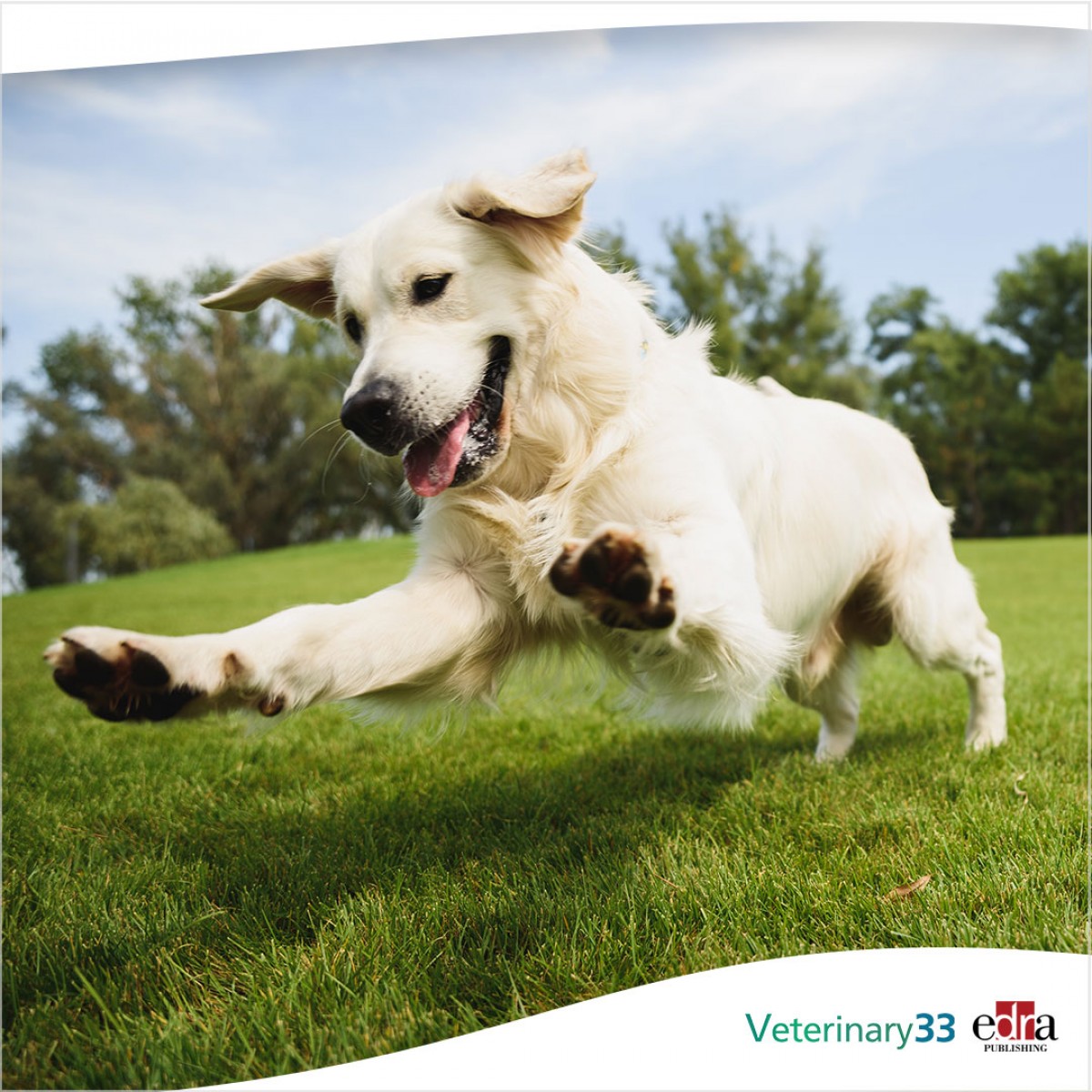

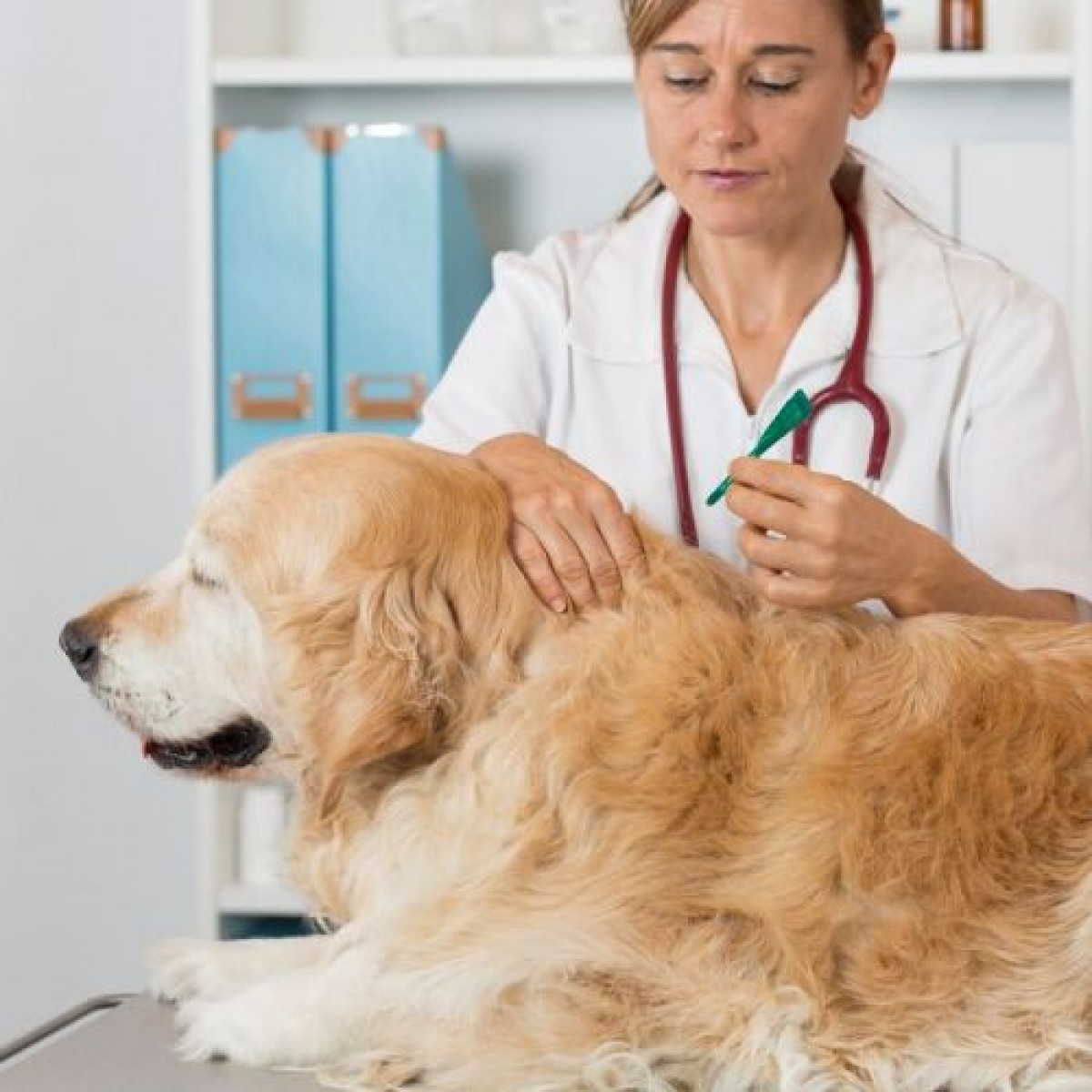

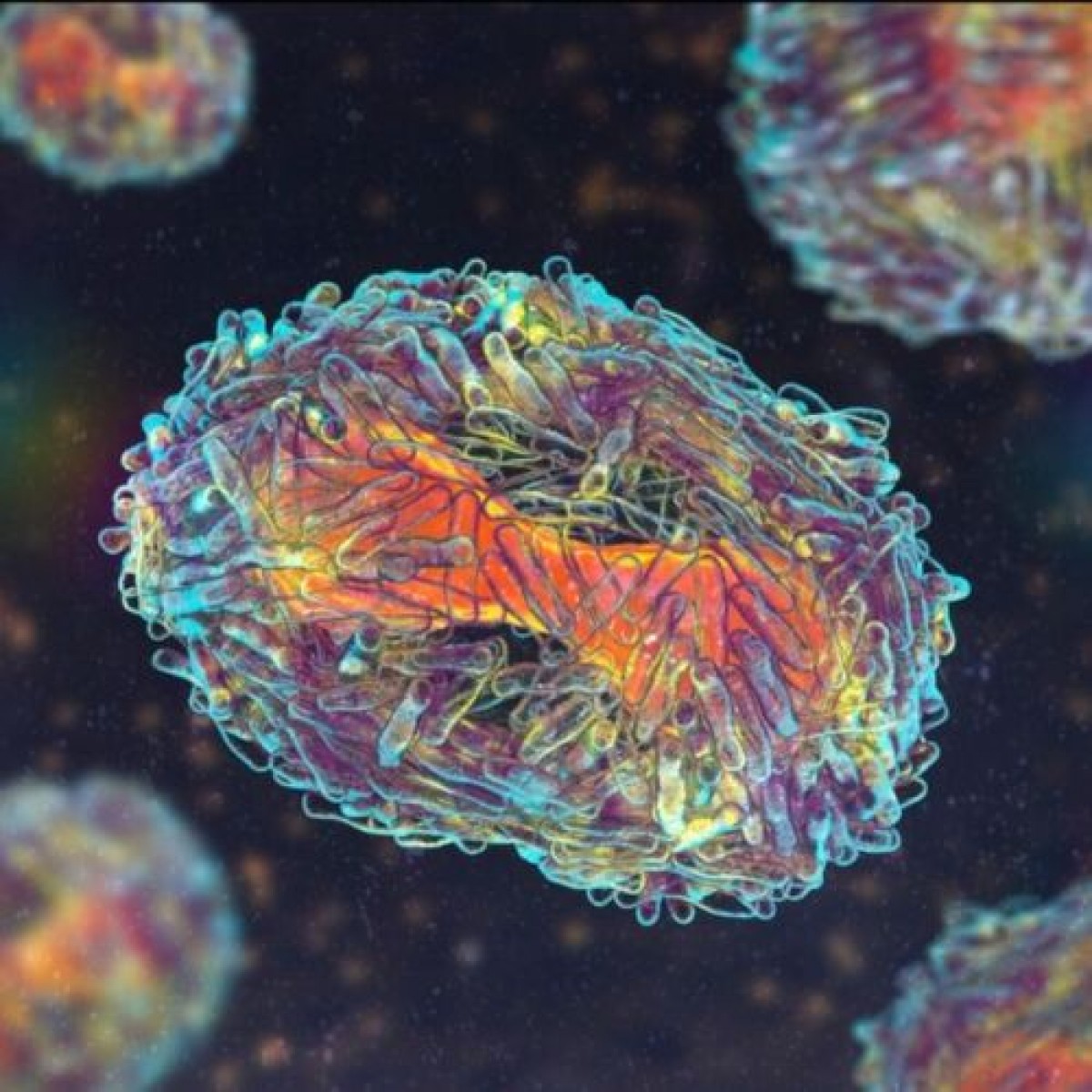
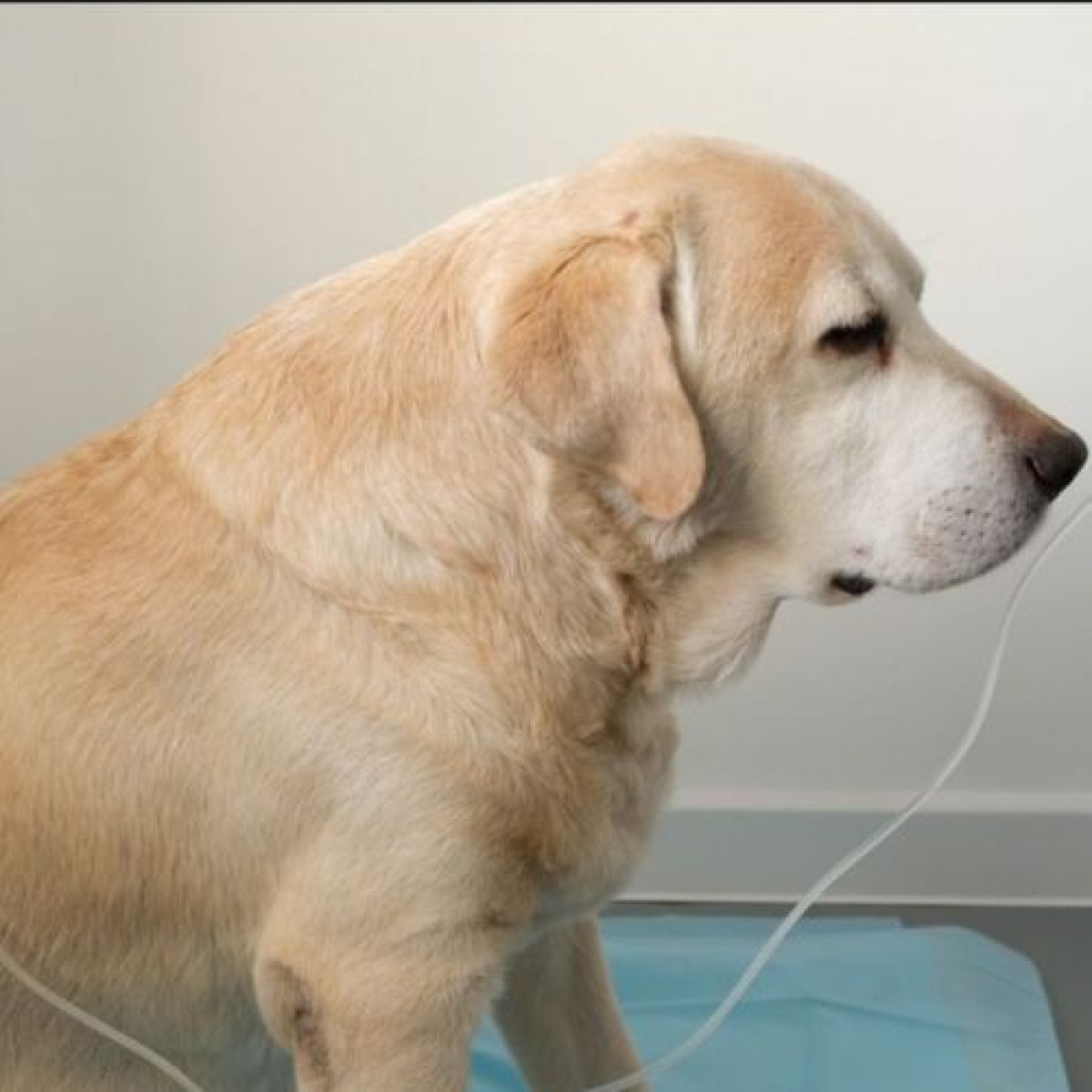

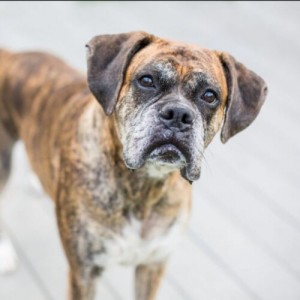
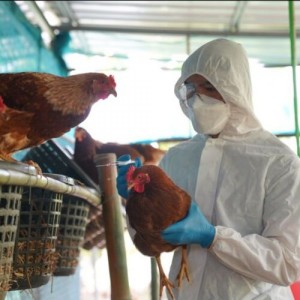
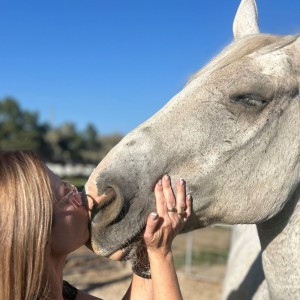
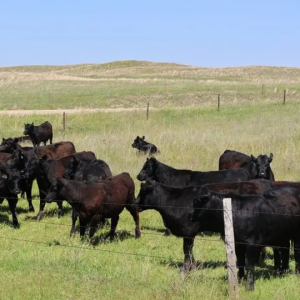

List
Add
Please enter a comment